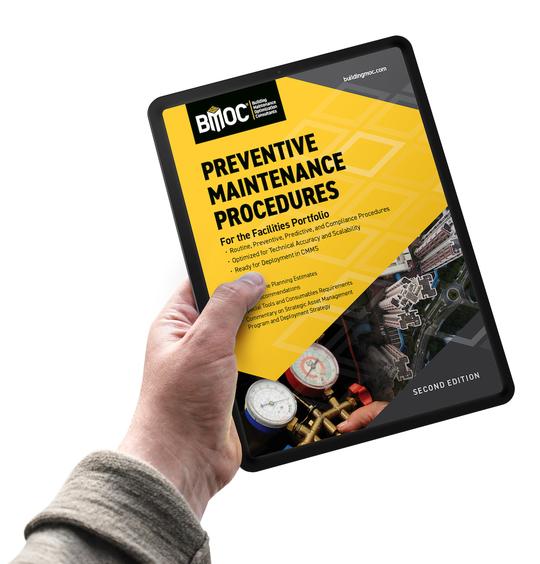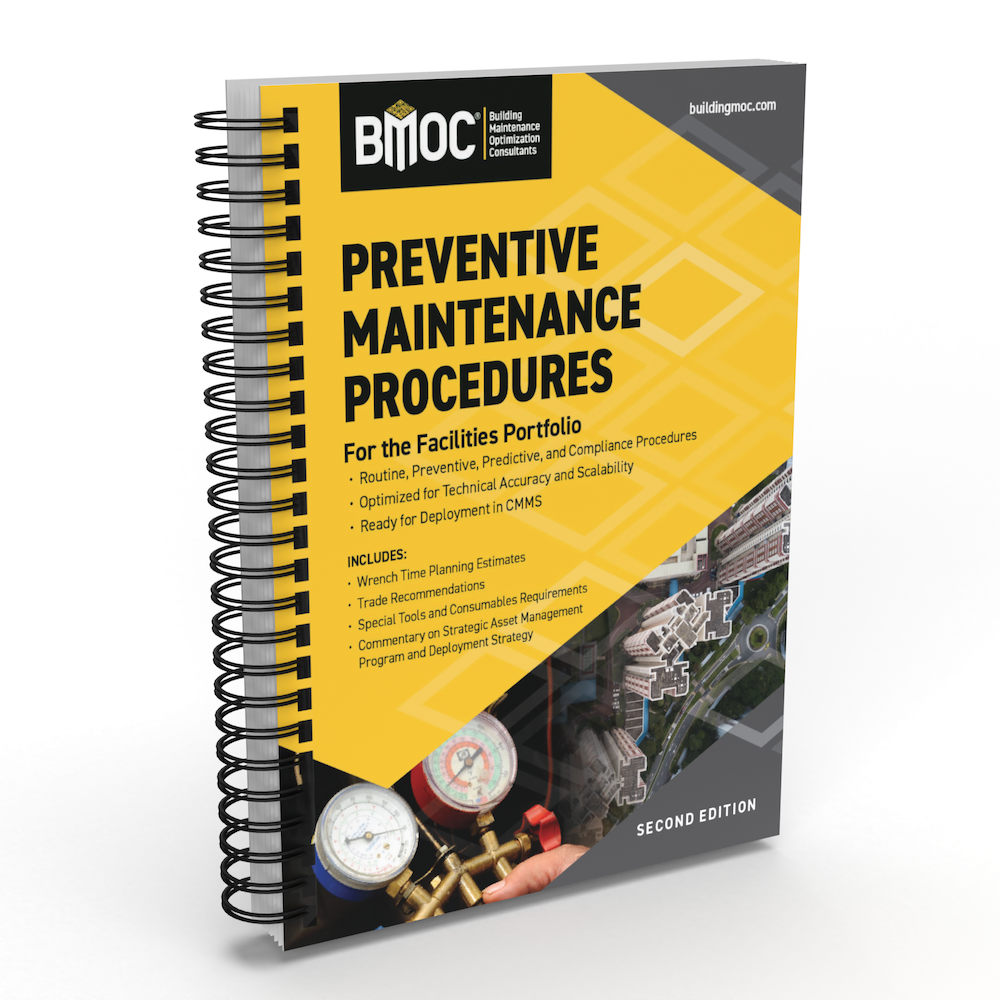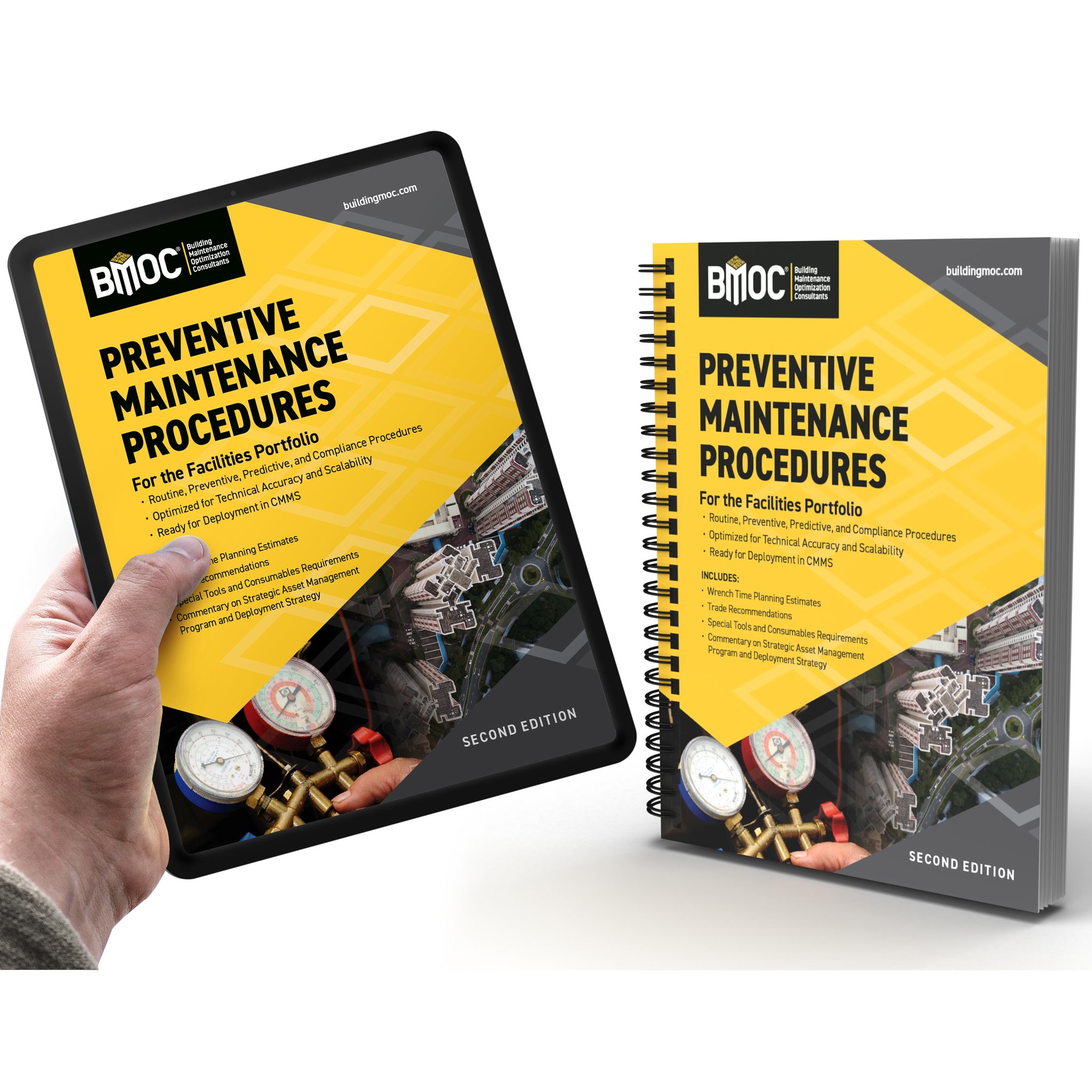The design drawings and specifications are the most obvious product of a design team's attempt to define building systems that meet the requirements of the DID. Those should be sufficient to construct and startup the new systems, but they are typically not adequate by themselves to communicate "how" the systems are to be operated over time. We need to recognize that there will be system-specific O&M activities that need to be performed by the facilities management team in order to sustain all aspects of the DID requirements over the life of the building.
Here are a few examples of when systems operating procedures need to be provided to the facilities management team by the design and construction team.
- If cleaning one area or component of a building (floors, laboratory surfaces, etc.) requires the use of chemicals that should not be introduced to occupied areas of the building, the cleaning operation may require the closing of isolation dampers or starting/stopping of specific fans. The design and construction team is responsible for making sure the equipment (isolation dampers, fans, etc.) is installed and operational, but the facilities management team is responsible for using them properly.
- Similarly, and perhaps more common, are the 24/7 systems that must have PM work performed on individual components without shutting down the system. Even if there are fully redundant systems, the transition from a primary system to a backup system is usually not trivial if system pressures and temperatures must be maintained without a glitch.
- Seasonal switchover is another critical process that needs to be documented and communicated. For example, museums located in northern climates often have different space temperature and relative humidity setpoints for summer and winter but need to slowly transition between them over four to eight week periods in the spring and fall. Other facilities may only have central chilled water and steam available certain times of the year, and specific steps need to be taken to transition to/from the central utilities.
The key to all of these is the transfer of knowledge from the design and construction team to the facilities management team. Buildings are too complex and integrated to expect the O&M professionals to understand and compensate for all the system interactions on their own. They may figure things out by trial and error over the course of two to three years (and a number of failed/disruptive attempts), but they will probably never "get it" the way the design team had intended. That is a very inefficient and costly way to hand over a multimillion-dollar facility and may result in the owner never obtaining the expected building performance.
System operating procedures are not formally included in the traditional design and construction process but should be a fundamental component of the commissioning process. This has been validated by the USGBC whose LEED™ rating system includes credit for creating a recommissioning management manual. This manual includes many things, including the types of operational instructions we're talking about here.
The only debatable question is who should be responsible for preparing these instructions. I believe it should be a collaborative effort between the design team and the controls contractor. In order to be confident that the designed systems will meet all of the DID requirements, the design team should be thinking through all operational scenarios and documenting critical transitions as part of the design phase. This discipline is necessary to ensure that all required components are included in the construction bid package. The controls contractor should enhance the operating procedures by providing instructions on how to accomplish some of the tasks through the automatic control system. Other tasks will be manual, and the key is to be very specific about which is which.
Just like so many aspects of the commissioning process, documentation is the key and is not that difficult or costly to provide when done at the right time by the right people. ES






